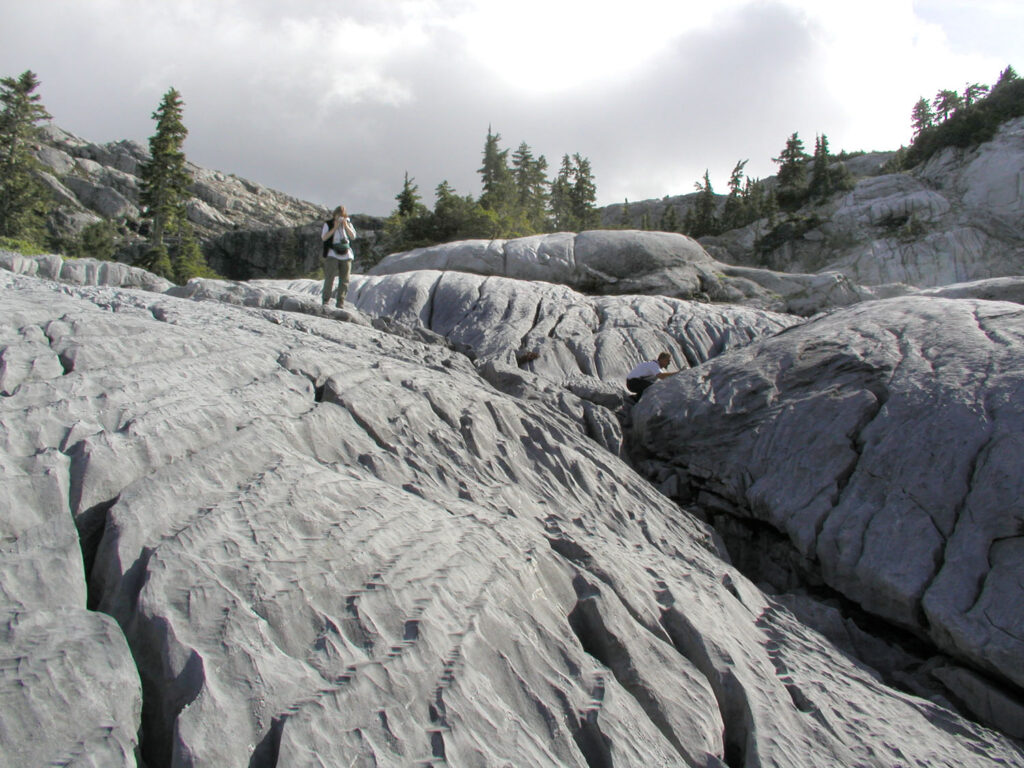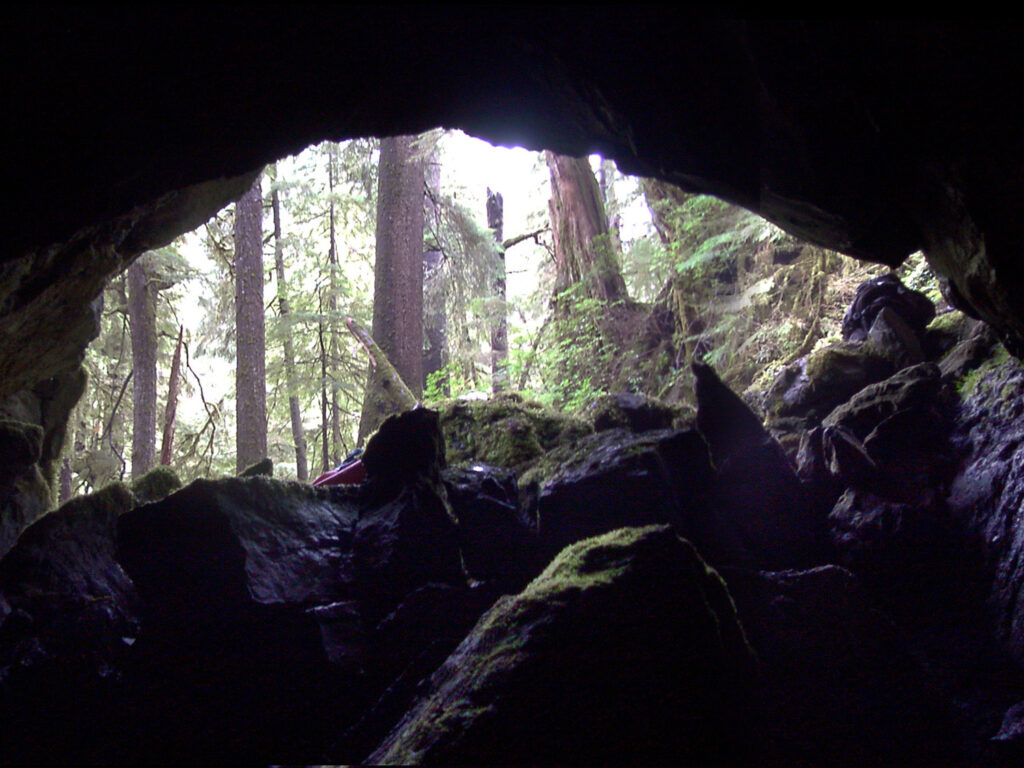Chapter 12 Karst and Caves
by Tim Stokes
Learning Objectives
After carefully reading this chapter, and completing the exercises within it and the questions at the end, you should be able to:
- Explain the chemical processes that lead to the formation of karst in limestone,
- Describe some of the features of the different types of limestone karst, including features common in exokarst, epikarst and endokarst and explain how epikarst is important for the introduction of water to the deeper parts of a karst system,
- Explain the importance of the terms “vadose”, “epiphreatic” and “phreatic” in the context of limestone karst systems, and how the formation of limestone karst is related to these zones,
- Describe where and how water is stored in a karst system, and why some karst springs have relatively steady flow, while others are more sporadic (flashy),
- List some of the different types of non-limestone karst,
- Describe some limestone karst speleogens and speleothems and how they form, and discuss the origins of cave sediments, and
- Describe the important of karst to humans and to ecosystems.
Karst is a landscape or terrain that results from the weathering of bedrock types that are soluble in water. These bedrock types are primarily limestone and marble (Figure 12.0.1), but can also include dolostone (or dolomite), gypsum, halite, and in rarer cases sandstone and quartzite. A karst landscape is characterized by surface features such as sinkholes, a lack of surface streams and a subsurface network of openings or cavities. Subsurface cavities that can be entered by humans are considered caves—one of the best-known features of a karst landscape.

There are many different definitions for a cave depending on the circumstances and geographical location. However, the simplest and most well accepted is ‘a cave is a natural cavity within the Earth’s crust, which is connected to the surface and has an opening that is penetrable by a human and includes a zone of permanent and total darkness’ (Figure 12.0.2). This definition covers the three important aspects of a cave, its formation, size, and appearance. Caves typically form only a small portion of the cavities within a karst landscape (e.g., less than 0.01%,[1] ) and as such should not be treated in isolation from other parts of the karst landscape. In many cases a cave is linked by smaller conduits and cavities that lead up to the surface (Figure 12.0.2). A cave can also be connected to other caves and be part of a larger cave system.

Media Attributions
- Ford, D., Williams, P. (2007). Karst hydrology and geomorphology. John Wiley & Sons. ↵
